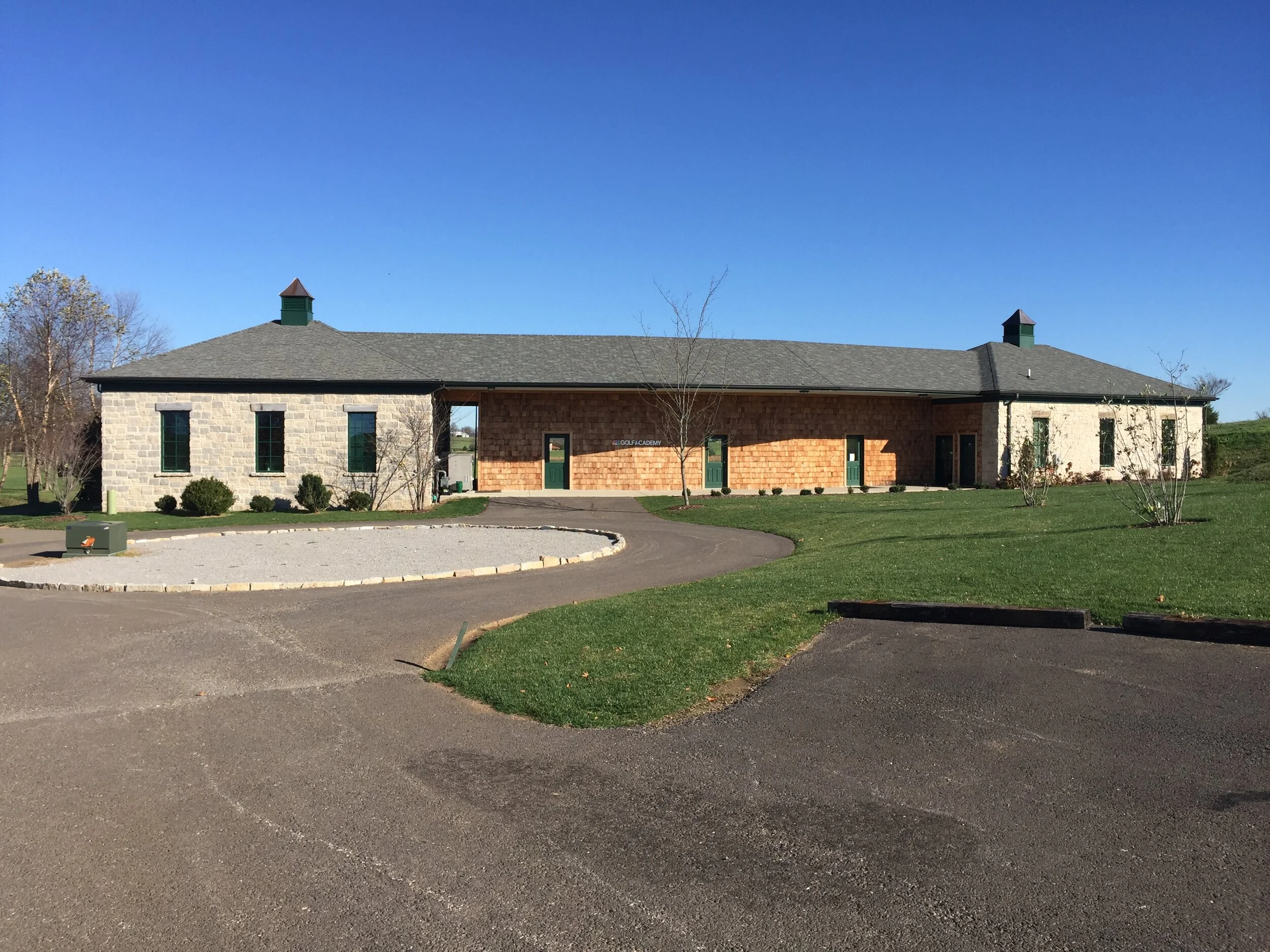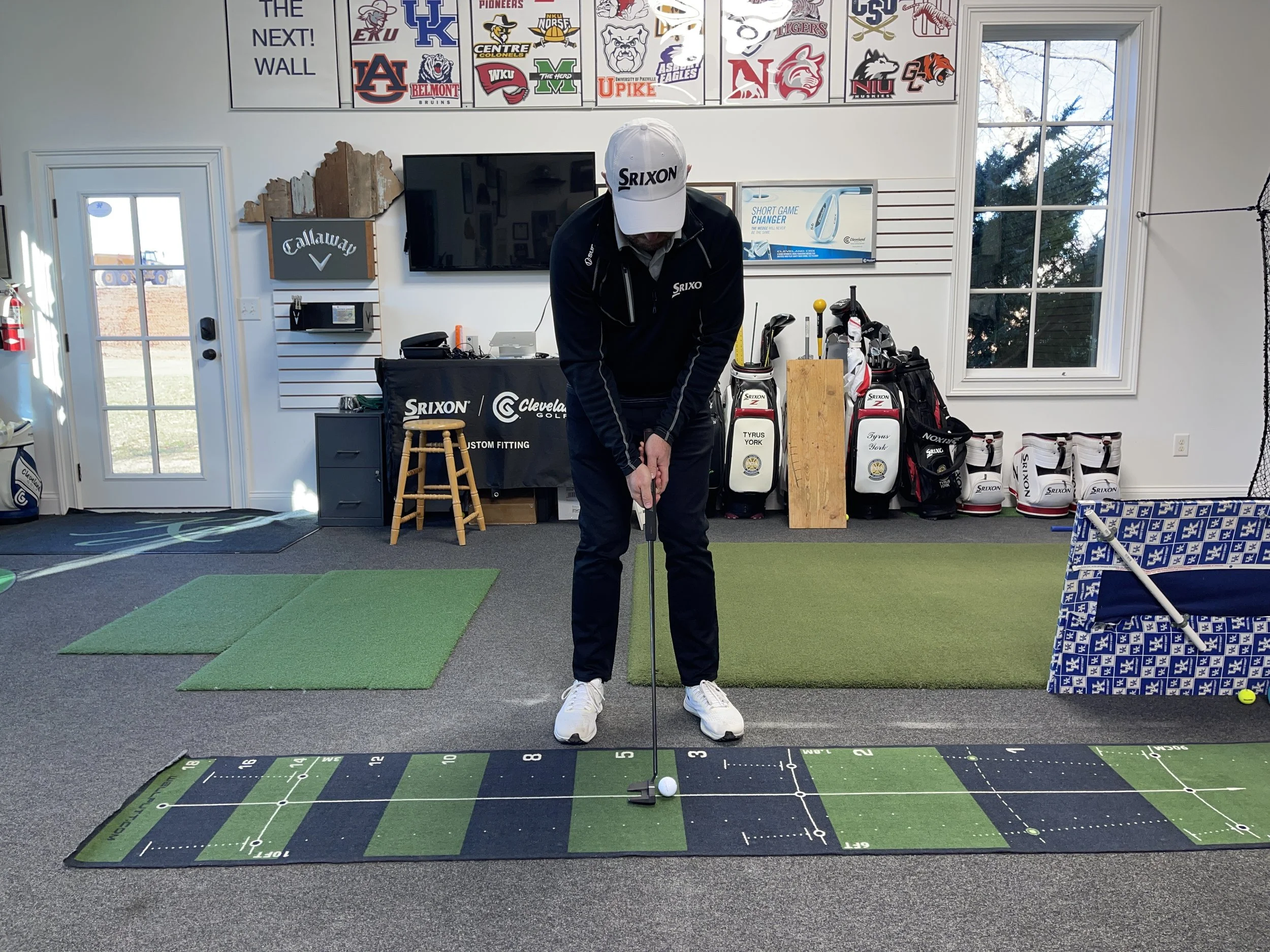Every Friday I will be posting a new golf tip here on my blog. Feel free to comment, ask questions, and especially make suggestions for future topics in the comment section below.
Managing the distance of your putts is the #1 factor in becoming a good putter. You could be the best green reader in the world and know how to start your putt on the exact line you wish every time, but if your speed is bad, the putt will likely not go in.
There are a couple different things that need to happen in order to roll a putt with the correct speed. Making solid contact with the ball, or more importantly consistent contact (on the same spot of the putter every time) is one key that must not be overlooked.
Another key that most good putters have is consistent rhythm. The rhythm you swing the putter allows you to make a consistent stroke and be a better judge for how fast the ball will come off of the putter face.
To improve your rhythm, try the following:
- Sync your stroke with a metronome. Begin by setting the metronome between 70-80 beats per minute (bpm) and match the "tick-tock" sounds from the metronome to your putter going back and through. You can adjust the tempo up or down to match what feels comfortable.
- No metronome? No problem. Simply swing the putter back and through over and over with out stopping and you will settle on a consistent rhythm. By changing the length and speed of the swing you can increase or decrease the length the ball will travel.
- The ladder drill. Between a defined area marked with 2 tees about 5-10 feet apart, see how many balls you can stop in that area with each ball traveling slightly past the one before it. If your defined area is 10 feet long and you are 15 feet from the area, try to fit 7 balls or more.
- Visit me for a Sam Putt Lab evaluation. Not only will we be able to evaluate the rhythm of your stroke, but we will be able to pinpoint which area of the stroke gives you the most trouble.
Want to learn more? Click on the "About" tab to find out!

























